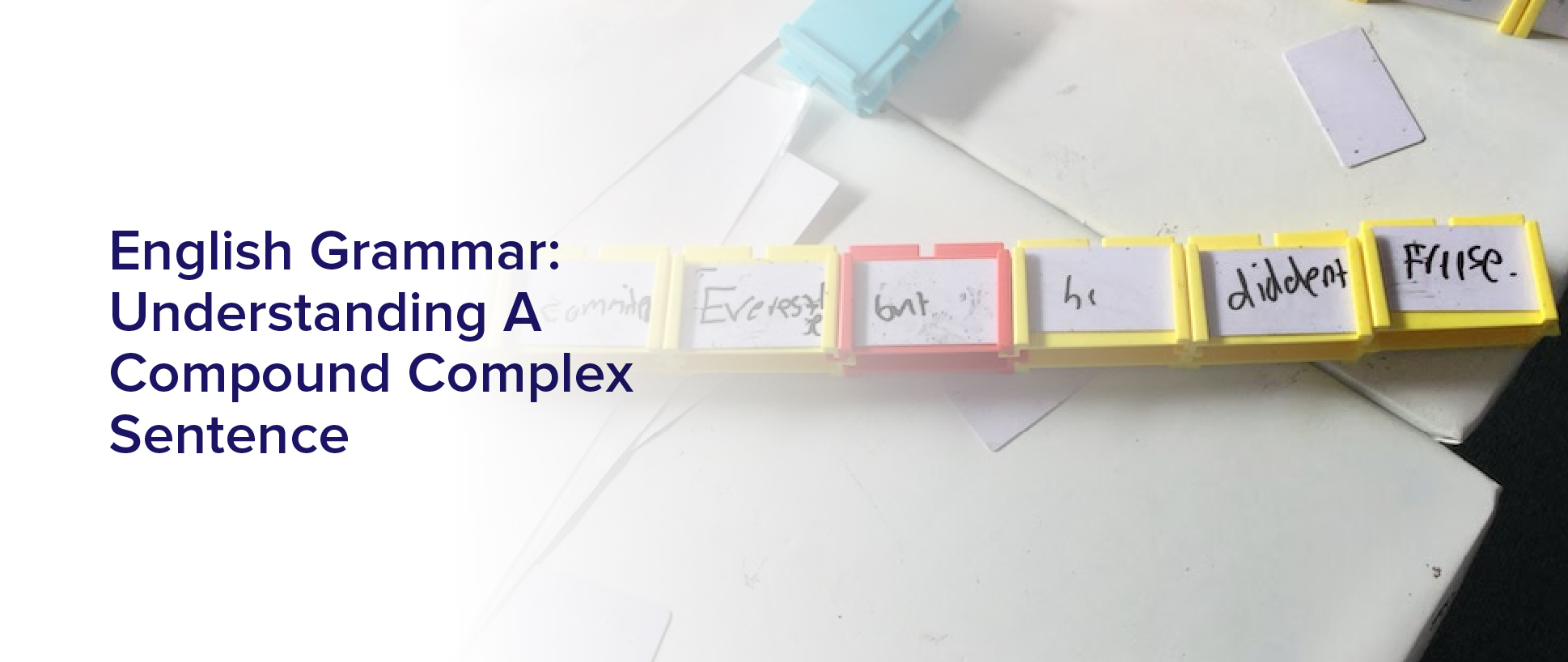Are you curious about the world of mathematics and its terminology? Have you ever wondered what a vertex is and how it is used in various fields of mathematics? In this article, we will dive into the concept of vertices, exploring their definition, properties, and applications in geometry, calculus, and graph theory.
A vertex is a fundamental concept in mathematics, commonly used in various branches of the subject, including geometry, topology, and graph theory. It is defined as a point where two or more lines, edges, or curves meet. The term vertex comes from the Latin word ‘vertex,’ which means ‘the crown of the head’ or ‘the topmost point.’
Understanding the concept of vertices is essential for understanding many mathematical concepts, including polygons, cones, and graphs. In the following sections, we will explore the different properties and applications of vertices in mathematics, ranging from simple geometric shapes to complex real-world scenarios.
Defining the Vertex in Mathematics
Defining the vertex in mathematics is a crucial step in understanding geometric shapes and their properties. A vertex is simply a point where two or more lines, edges, or rays meet. In other words, it’s a point of intersection.
The term ‘vertex’ is commonly used in geometry to describe the corners or points of a polygon, such as a triangle or a quadrilateral. In addition to polygons, vertices can also be found in other geometric shapes, such as cones, cylinders, and spheres.
Understanding the concept of a vertex is essential when working with these shapes and calculating their various properties. By identifying and analyzing the vertices of a shape, you can determine its angles, the lengths of its sides, and other important characteristics.
So, whether you’re a student studying geometry or an engineer designing complex structures, knowing what a vertex is and how to work with it is a fundamental part of mathematics.
Properties of Vertices in Geometry
Discover the amazing characteristics of vertices in geometry that will leave you in awe! Vertices have unique properties that make them stand out in geometric shapes.
One of the most significant properties of a vertex is that it’s a point where two or more lines or edges meet. Without vertices, geometric shapes would be incomplete and lack dimensions.
Moreover, vertices are crucial in determining the shape and structure of a geometric figure. The number of vertices in a shape can give important information about its properties, such as its angles and sides.
For instance, a triangle has three vertices, and each vertex is associated with an angle. The sum of all angles in a triangle is always 180 degrees, making it a unique characteristic of this particular shape.
Thus, vertices play a vital role in defining the properties and characteristics of geometric figures.
Applications of Vertices in Calculus
You’ll be amazed at how vertices can be applied in calculus, helping you solve complex problems and understand the behavior of functions.
In calculus, a vertex is a point on a curve where the function changes direction. It’s also known as the point of maximum or minimum value, depending on the shape of the curve.
The vertex of a parabola, for example, is the lowest or highest point on the curve. This point is crucial in determining the maximum or minimum value of the function.
The coordinates of the vertex can be found using calculus techniques such as completing the square or using the first derivative test.
Understanding the vertex of a function can help you graph it accurately and analyze its behavior. So, the next time you encounter a problem in calculus, remember to pay attention to the vertex!
Using Vertices in Graph Theory
You can’t help but be fascinated by the power of vertices in graph theory. They give you a deeper understanding of the connections and relationships between different elements in a graph.
A vertex is a point where two or more lines meet in a graph, and it plays a crucial role in determining the structure of the graph. By analyzing the vertices in a graph, you can determine the degree of each vertex, which is the number of lines that are connected to it. This information can help you understand the overall shape and complexity of the graph.
Furthermore, vertices enable you to identify cycles in a graph, which are loops that occur when a path in the graph starts and ends at the same vertex. Cycles can provide valuable information about the behavior of the graph, such as the presence of feedback loops or recurring patterns. By understanding the cycles in a graph, you can make predictions about how the graph will behave over time and how different elements in the graph will interact with each other.
In short, vertices are a powerful tool in graph theory that can help you unlock the hidden patterns and relationships in complex systems.
Examples of Vertices in Real-World Scenarios
Real-world scenarios often involve complex systems, and understanding the role of vertices can help reveal hidden patterns and relationships within them.
For example, in transportation networks, vertices represent the intersections or nodes where roads, highways, and railways converge. By analyzing the vertices and their connections, transportation engineers can optimize traffic flow, improve safety, and reduce congestion.
Another example is in social networks, where vertices represent individuals or groups, and edges represent their connections or relationships. By analyzing the vertices and their connections, social scientists can gain insights into the spread of ideas, information, and influence within a social network. This can be useful in predicting trends, identifying opinion leaders, and designing effective communication strategies.
In both cases, understanding the role of vertices is crucial to gaining a deeper understanding of complex systems and using that knowledge to make informed decisions.
Advanced Concepts Related to Vertices
Let’s take a closer look at some of the more complex and nuanced concepts related to vertices and their applications in various fields.
One such concept is the notion of a ‘weighted vertex.’ This refers to a vertex in a graph that has a numerical value assigned to it, such as a weight or cost. Weighted vertices are commonly used in algorithms that involve finding the shortest path between two points in a graph, as the weight of each vertex can be used to determine the optimal path.
Another advanced concept related to vertices is the idea of a ‘degree sequence.’ This refers to a list of the degrees of all the vertices in a graph, arranged in non-increasing order. The degree of a vertex is simply the number of edges that are connected to it. Degree sequences are useful in graph theory, as they can be used to determine if a given sequence is graphic (i.e. can be represented by a simple graph) and to study the properties of graphs.
Overall, understanding these advanced concepts related to vertices can enhance your ability to analyze and solve problems in various fields.
Frequently Asked Questions
What is the history behind the discovery of vertices in mathematics?
To answer your question, the concept of a vertex has been present in mathematics for centuries. The ancient Greeks were the first to use the term ‘vertex’ to refer to the point where two lines meet.
In geometry, a vertex is the point where two or more lines, curves, or edges intersect. It is an important concept in many areas of mathematics, including graph theory, topology, and algebraic geometry.
The discovery of vertices has played a fundamental role in the development of these fields and has led to many important discoveries and applications in various scientific and engineering disciplines.
How do vertices relate to other geometric shapes, such as circles or triangles?
Vertices are important components of many geometric shapes, including circles and triangles.
In a circle, the center point can be considered a vertex, as it is the point of intersection for all radii.
In a triangle, each of the three corners is a vertex.
Vertices help define the shape and structure of these objects, and they play a key role in calculations such as finding the area or perimeter.
By understanding how vertices relate to other geometric shapes, you can gain a better understanding of the properties and characteristics of these shapes, as well as how they can be used in real-world applications.
Can vertices be used to solve practical problems in fields outside of mathematics, such as engineering or physics?
You may be surprised to learn that vertices have practical applications outside of mathematics. In engineering and physics, vertices can be used to determine the angles and shapes of objects.
For example, in construction, vertices are used to calculate the angles of a roof or the shape of a bridge. In computer graphics, vertices are used to create 3D models of objects.
By understanding the properties of vertices, you can apply this knowledge to solve real-world problems in a variety of fields. So, it’s important to recognize that vertices are not just theoretical concepts, but they also have practical uses in the world around us.
Are there any limitations or drawbacks to using vertices in mathematical calculations?
When using vertices in mathematical calculations, there are some limitations and drawbacks to consider. For example, vertices may not always provide a complete or accurate representation of a shape or object, especially in three-dimensional space. Additionally, vertices can be difficult to work with in certain calculations, such as those involving curved surfaces or irregular shapes.
Furthermore, relying too heavily on vertices may limit creativity and flexibility in problem-solving, as it can lead to a narrow focus on specific points rather than the big picture. It’s important to keep these drawbacks in mind and approach the use of vertices with a critical eye, considering their usefulness in each particular situation.
How do vertices interact with other mathematical concepts, such as vectors or matrices?
When dealing with vectors or matrices, vertices play an important role in determining the shape and orientation of objects in three-dimensional space.
In the context of vectors, vertices represent the endpoints of a line segment or vector, which can be used to calculate its magnitude and direction.
Matrices can be used to transform the position of vertices by applying various transformations such as rotation, translation, and scaling.
By manipulating the coordinates of vertices using these mathematical concepts, you can create complex three-dimensional shapes and models that can be used in a variety of fields such as engineering, architecture, and computer graphics.
Conclusion
So, now you have a better understanding of what a vertex is in mathematics. It’s a point where two or more lines, curves, or edges meet.
In geometry, a vertex has properties such as being a corner point of a polygon or polyhedron, having a specific angle measure, and being a point of symmetry.
In calculus, vertices play a crucial role in determining the shape and behavior of a function. They can also be used in graph theory to represent a point of connection or intersection between nodes.
Real-world examples of vertices can be found in architecture, engineering, and computer graphics. Understanding the concept of vertices can help you solve problems and make better decisions in various fields.
So, keep exploring the fascinating world of mathematics and its applications!


